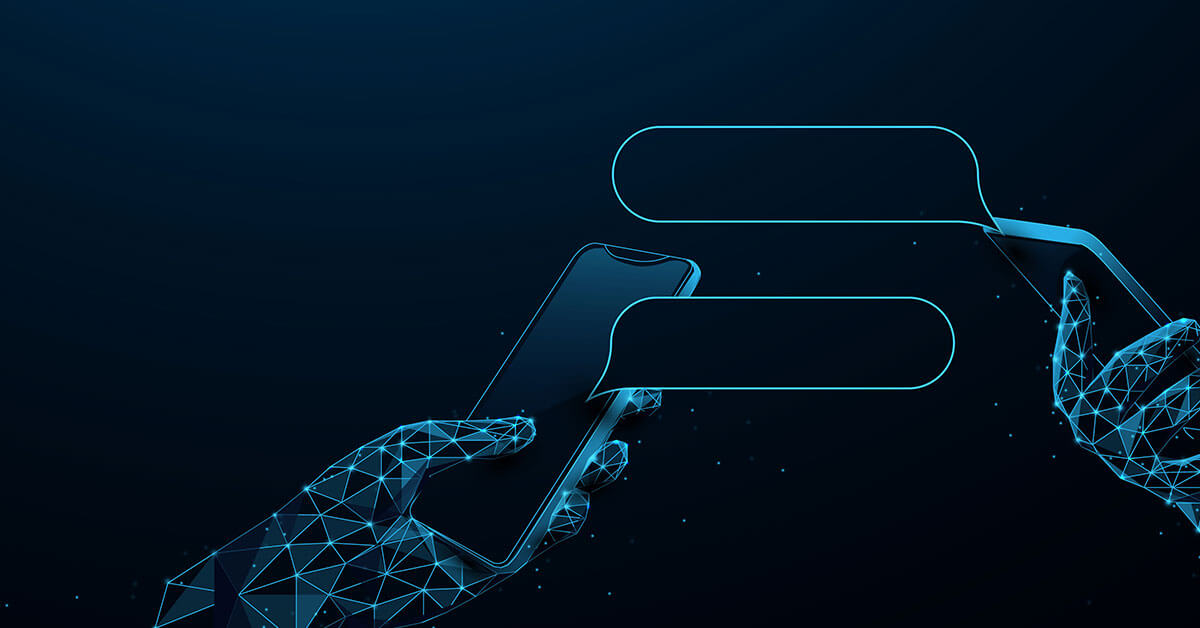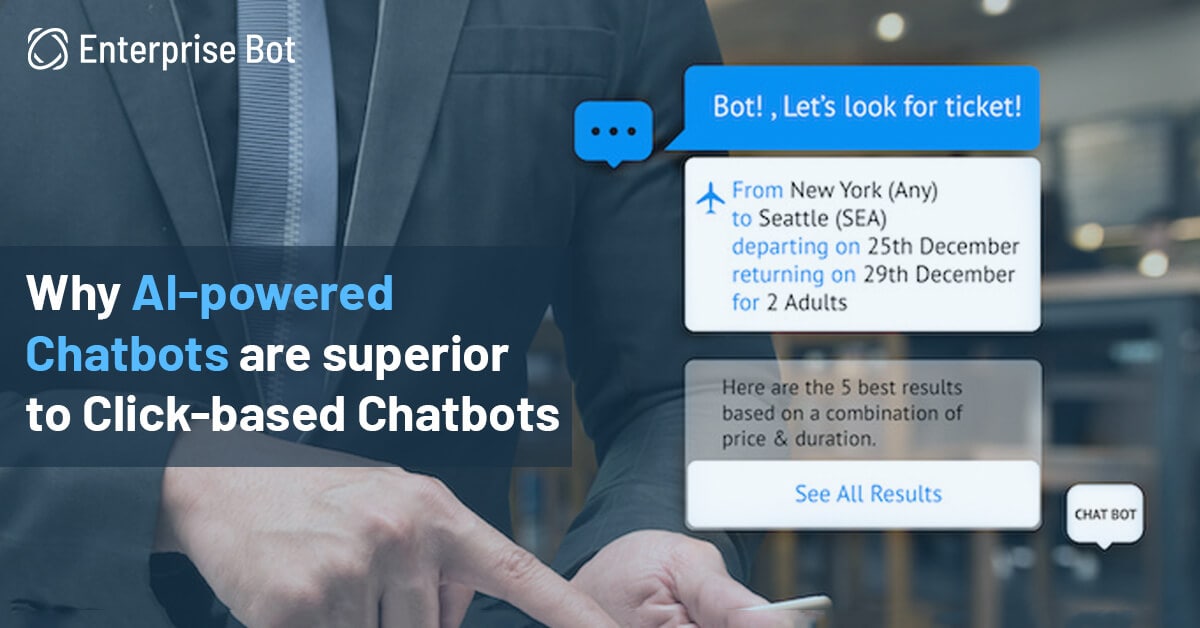Why do most customer service chatbots fail — and how AI-powered automation is the solution

Modern chatbots are more advanced, interactive, and intuitive than ever. They employ Conversational AI technology to decipher the intent of the queries and communicate to users engagingly in a natural human-to-human-like manner.
By automating around 80% of customer queries that are predictable, transactional, and repetitive — these chatbots provide personalized responses to each one of them — their AI optimizes customer support efficiency while leading to a massive increase in client satisfaction.
It also automatically engages users by proactively asking them the right questions to qualify leads and taking the necessary action to convert them, leading to a proven boost to sales. Businesses can also enable these bots to feed all the information into their CRM and capitalize on cross-sell opportunities.
The idea of such chatbots usually rings scores of benefits for businesses and customers alike, but when the execution fails, the technology can hardly measure up.
For instance, chatbots that not only seem unnatural but also consume serious time and effort for blending into the existing operations fail to tempt businesses into adopting the technology. Often customers’ perception of them is rigid and poses a real obstacle.
Many people hate the idea of wanting to talk to robots. Some dread having to type out their problems on phones. They fear ending up having wasted time in conversations that do not yield any useful results.
So what are the problems plaguing the powerful collaborative technology that otherwise has the potential to become the be-all-end-all solution for customer service pains?
Let’s dissect
1. Hold clunky, unnatural conversations

In an ideal world, natural language processing (NLP) allows a chatbot to understand the context of messages it receives. But a large percentage of the tech available today understands words, not their meaning.
The human conversation consists of more than text; it encompasses parsing the context underlying the messages and delivering responses accordingly. Most chatbots provide a scalable way to interact with a larger customer base on a 1:1 basis but they fail when they are incapable of leveraging NLP. They are unable to deliver an experience as smooth, efficient, and meaningful as a multi-layered, human-to-human-like conversation does.
2. Lack of easy integration capabilities
Chatbots that are hard to integrate into commonly used enterprise software like Genesys, Guidewire, Salesforce, UI Path, SAP can be a pain for businesses and fail to be truly useful. For an organization that is already using one customer service channel, adopting a chatbot that doesn’t support the channel can be a real mess.
On the other hand, chatbots that come with pre-built integration capabilities and allow easy and quick connection to multiple customer support platforms and even complex custom core systems, CRM, ITSM, and RPA, are a beacon of endless possibilities.
3. Limited bandwidth
Customers like to chat on multiple messaging apps like Skype for Business, Facebook Messenger, Twitter, Slack, Genesys chat, Intercom, and many more, and as such, there are numerous touchpoints that a business could have with a consumer at a singular point in time.
Keeping track of the customer’s journey with the business becomes very difficult for a chatbot that supports only a single channel and has only limited bandwidth to offer. An AI-driven chatbot can collate data from various channels and harness collaborative intelligence to keep your staff up-to-date with the customer’s imprints and provide seamless support, notwithstanding the platform the customer is using for communication.
4. Not able to understand the context

There are many chatbots that leverage AI but are incapable of holding context in chat conversations. Having contextual knowledge means that when a customer asks a followup question, the bot already knows what the customer is talking about rather than the bot needing to ask previously provided information all over again. The best chatbots have a memory so that users do not have to repeat themselves and can speak and reason with the bot like you would with a real person.
5. Personality over effectiveness
In recent years, organizations have laboured to build bots with a personality like a scriptwriter carves out his characters: witty, poignant, eccentric, riveting. Ironically though, a survey by Live Person, a messaging software company, suggests that the best approach for bots is to have them deployed for simple, predictable tasks and that a significant 48 percent of consumers wouldn’t bother if their bots have personality. All they want them is to be effective.
A bot that is cheeky will only disappoint if it cannot remember at the right time what the customer’s last transaction was. A sharp-tongued bot could come across as unthoughtful and arrogant if it plainly dismisses a customer’s interest in a certain investment portfolio as a naive and short-sighted pick and fails to walk them through their options in a friendly manner. Building bots with personalities could help them recreate a complex human-to-human relationship but done at the cost of their effectiveness will only hamper customer satisfaction.
Only chat assistants that manifest brilliant intuitive and interactive capabilities and are quick and simple to incorporate into existing infrastructure through an easy-to-use UI are able to cut through the clutter of millions of chat mannequins out there.
These enterprise-ready chatbots with pre-built integration capabilities are capable of creating large-scale automation with minimal training effort, empower the customer service teams with high productivity and rich data-driven insights, and set the customer en-route to instant happiness and long-term satisfaction. To learn more about such chatbots, visit https://enterprisebot.ai/product/chatbot


